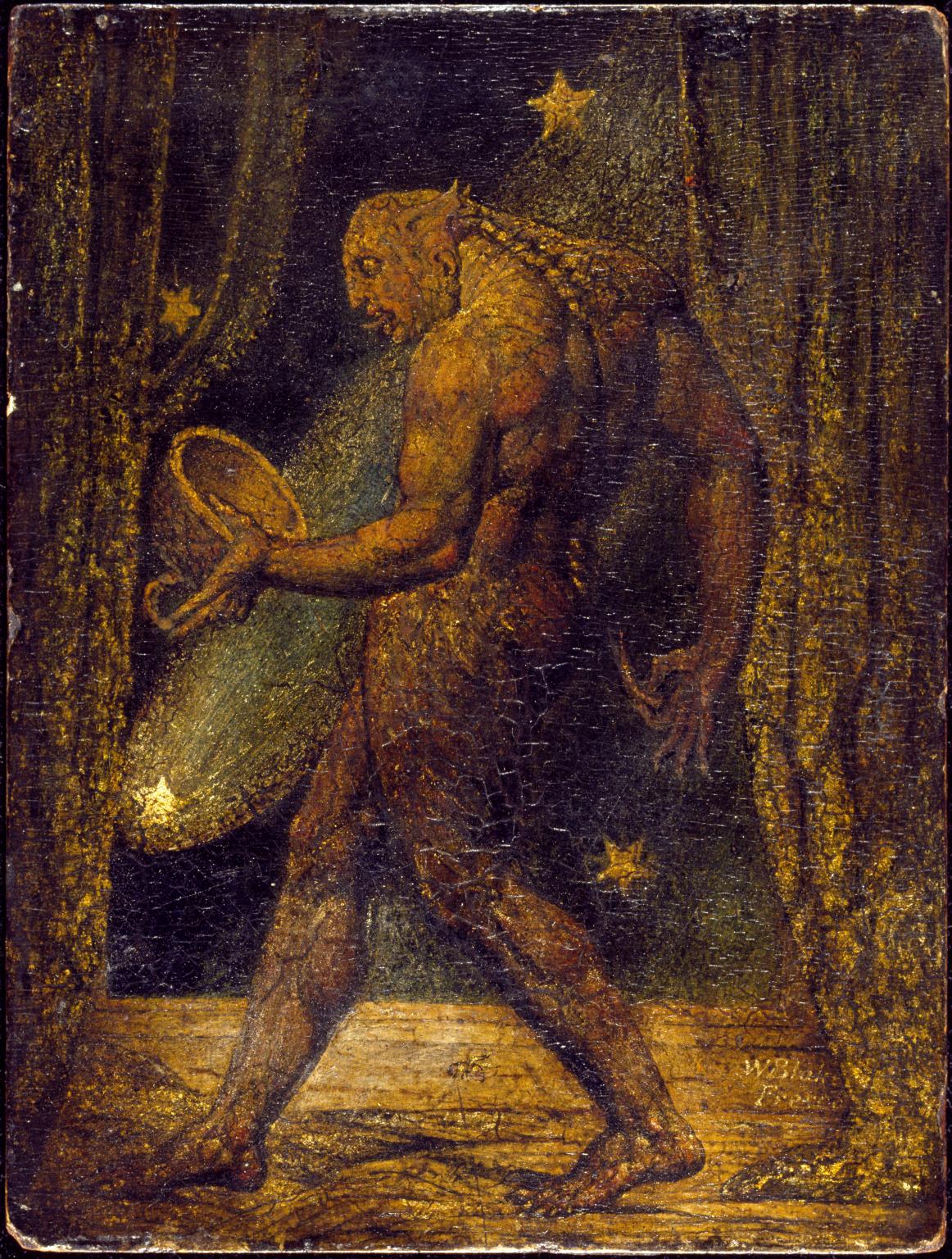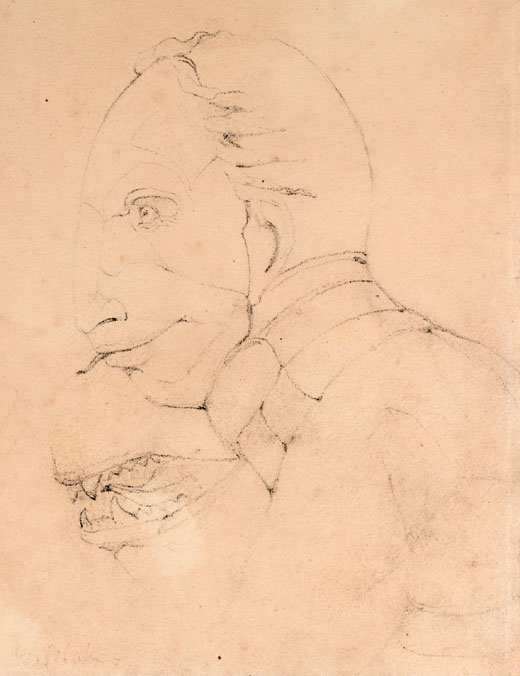
Img 1 This image is in the public domain, as the copyright term is the author’s life plus 100 years or less.
Summary
The irritating, blood-thirsty behavior of fleas has led certain cultures to describe them as having human souls. And, in the past, due to their resilience, insects have been described as having immortal souls.
Details
Fleas Contain the Souls of Dead White Men
In Buxton with Hopkins book from 1927, Researches in Polynesia and Melanesia, there is an amusing anecdote about fleas. The placid Aitakati natives of Polynesia noted that fleas had restless and irritating habits. They saw connotations between the invasive inclination of fleas and colonial oppression. Thus, they concluded that fleas contained the souls of deceased white men.
The Ghost of a Flea
The Aitakati weren’t the only ones to make correlations between the blood-sucking insects and insatiable humans. The Ghost of a Flea Img 1 was painted by William Blake in 1819. The painting depicts an anthropomorphized flea sticking out its tongue to consume a bowl of blood it’s holding. Blake often said he was visited by invisible otherworldly spirits as he drew them. The Flea told him that “fleas were inhabited by the souls of such men as were by nature blood thirsty to excess.” In his obituary, it was stated that, “The flea communicated to Mr. Blake what passed, as related to himself, at the Creation. ‘It was first intended,’ said he (the flea) ‘to make me as big as a bullock; but then when it was considered from my construction, so armed—and so powerful withal, that in proportion to my bulk, (mischievous as I now am) that I should have been a too mighty destroyer; it was determined to make me no bigger than I am.”

Img 2 This image is in the public domain, as the copyright term is the author’s life plus 100 years or less.
The Immortal Soul of Insects
Insects have been know to be difficult to kill (drown) since antiquity. For example, in around 200 A.D., Claudius Aelianus reported that flies couldn’t be easily drowned. The resiliency of insects has led some to believe they possess immortal souls. Lucian of Samosata, who lived between 120 A.D. and 192 A.D., argued, when flies died, it seemed like their soul could depart and then later return to their corporeal body to revive it. To him, this suggested the immortality of its soul, and subsequently the immortality of human souls.
“The most remarkable point about its natural history is that which I am now to mention. It is the one fact that Plato seems to me to have overlooked in his discourse of the soul and its immortality. If a little ashes be sprinkled on a dead fly, it gets up, experiences a second birth, and starts life afresh, which is recognized as a convincing proof that its soul is immortal, inasmuch as after it has departed it returns, recognizes and reanimates the body, and enables it to fly; so is confirmed the tale about Hermotimus of Clazomenae — how his soul frequently left him and went off on its own account, and afterwards returning occupied the body again and restored the man to life.”





You must log in to post a comment. Log in now.